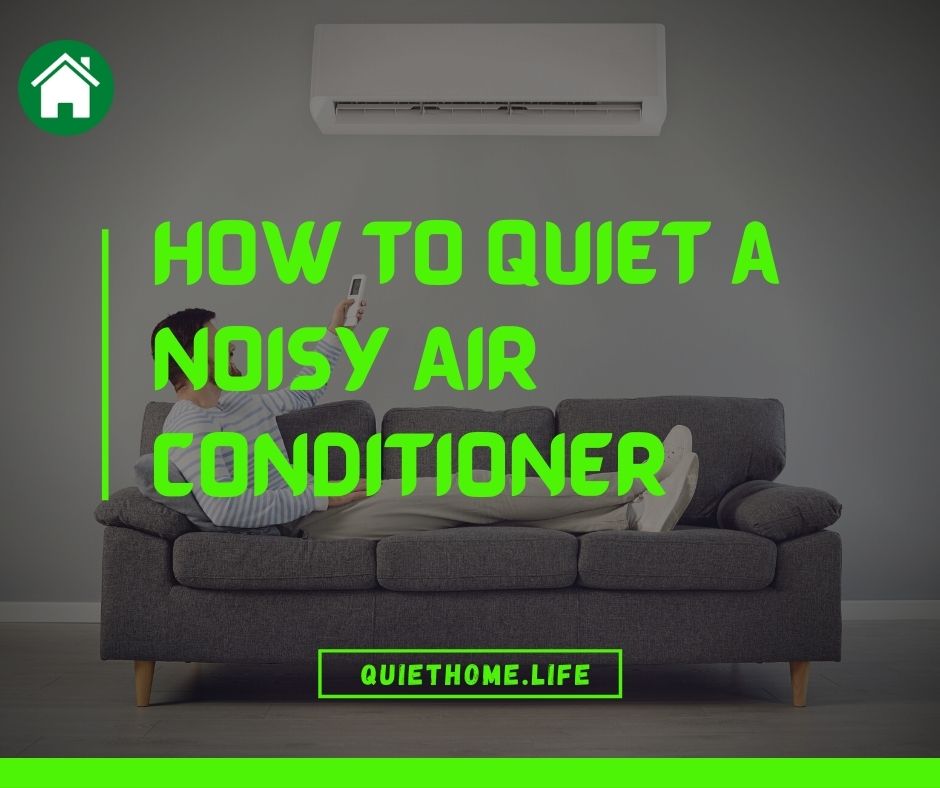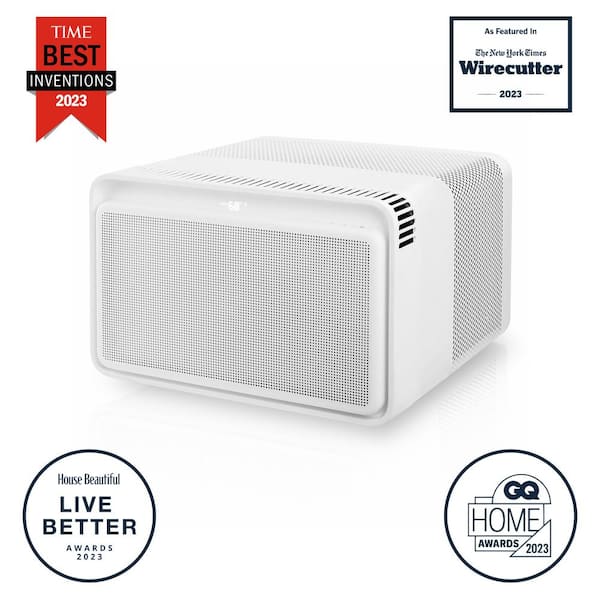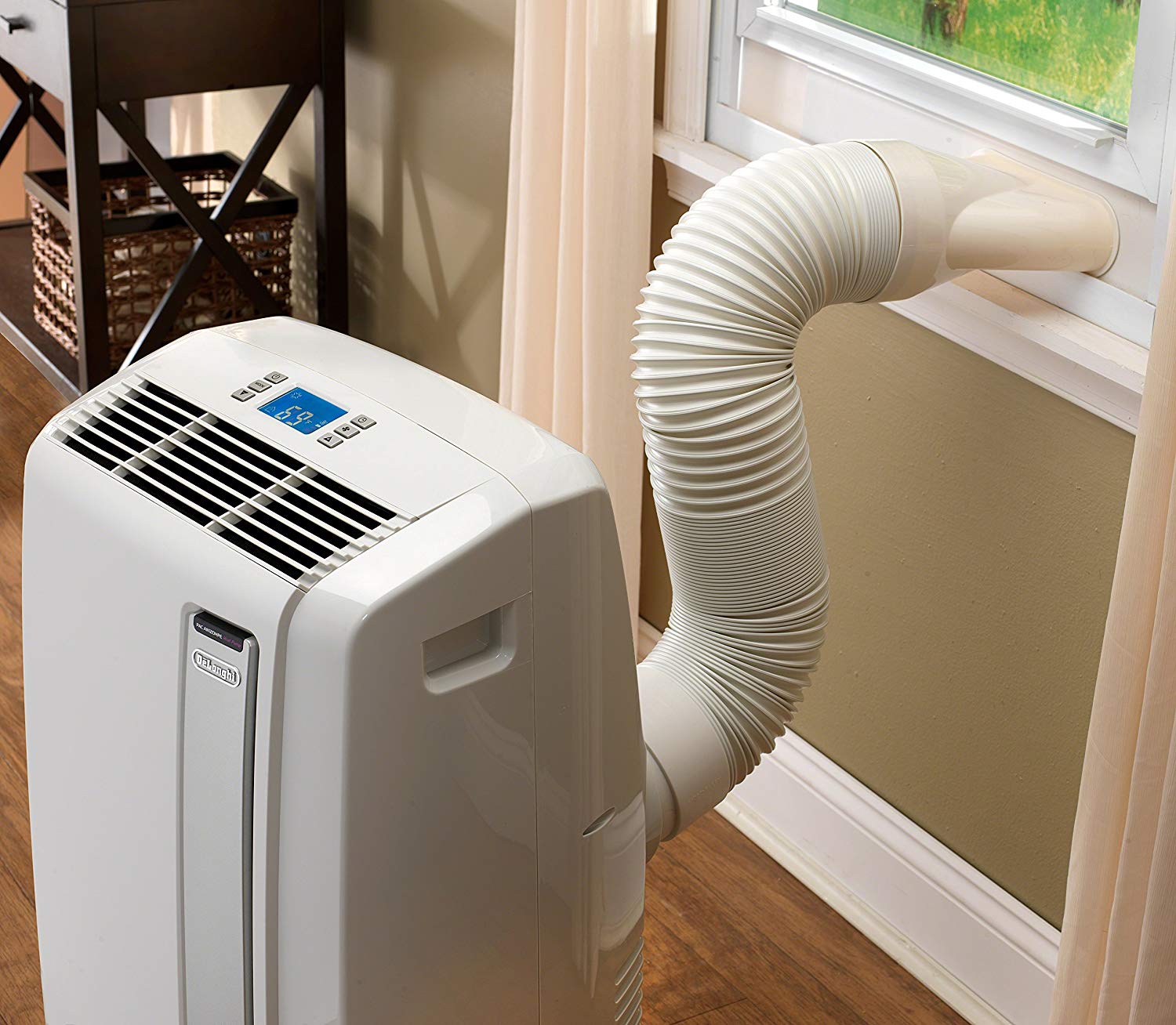How To Make Portable Air Conditioner Quieter

The drone of a portable air conditioner can be a summertime blessing and curse. While providing much-needed relief from the heat, its noise can disrupt sleep, work, and relaxation. Fortunately, several strategies can significantly reduce the operational volume of these cooling devices, making them a more palatable addition to your living space.
This article explores various methods to mitigate portable air conditioner noise, ranging from simple DIY fixes to more involved solutions. Understanding the source of the noise is the first step to finding effective solutions.
Understanding the Noise
Portable air conditioners generate noise from several components. The compressor, fan, and vibration against hard surfaces are the primary culprits.
According to Consumer Reports, the average portable air conditioner emits between 50 and 60 decibels, roughly equivalent to the sound of a normal conversation. Identifying the dominant noise source allows for targeted sound dampening.
Identifying Noise Sources
Is it a rattling sound? It could be loose components.
A constant hum likely comes from the compressor. Fan noise might be amplified by the unit's design or obstructions.
DIY Noise Reduction Techniques
Several cost-effective DIY methods can significantly reduce portable air conditioner noise.
These solutions often involve dampening vibrations and absorbing sound waves.
Padding and Isolation
One of the easiest and most effective methods is to place a thick mat underneath the unit. Rubber or foam mats specifically designed for vibration dampening are ideal.
This simple step minimizes the transfer of vibrations to the floor, reducing rattling and humming.
You can find these mats at most hardware stores or online retailers like Amazon and Home Depot.
Sealing Gaps and Cracks
Air leaks around the exhaust hose and window kit can contribute to noise. Sealing these gaps with weather stripping or foam tape can make a difference.
Check the connection between the exhaust hose and the unit, as well as the window kit and the window frame.
Properly sealing these areas not only reduces noise but also improves the unit's cooling efficiency, according to the U.S. Department of Energy.
Hose Modification
The exhaust hose itself can be a source of noise. Consider replacing the stock hose with an insulated or sound-dampening model.
Wrapping the existing hose with sound-absorbing materials like moving blankets or duct wrap can also help.
Secure the wrapping with duct tape to ensure it stays in place.
Advanced Noise Reduction Methods
For those seeking more substantial noise reduction, advanced methods may be necessary.
These solutions often involve modifying the unit's enclosure or adding external soundproofing materials.
Soundproofing Enclosure
Building a simple soundproof enclosure around the air conditioner can drastically reduce noise levels. Use plywood or medium-density fiberboard (MDF) to construct a box slightly larger than the unit.
Line the inside of the box with sound-absorbing materials like acoustic foam or fiberglass insulation.
Ensure adequate ventilation to prevent overheating, perhaps installing a small fan to circulate air within the enclosure.
Always consult the manufacturer's safety guidelines before modifying any appliance.
Compressor Blankets
Compressor blankets are designed to dampen the noise emanating from the compressor, the unit's loudest component. These blankets are made of dense, sound-absorbing materials and wrap around the compressor.
Be sure to select a blanket specifically designed for your model and that it does not interfere with the compressor's cooling system.
Improper installation can lead to overheating and damage the unit.
Choosing a Quieter Model
Before employing noise reduction techniques, it's wise to consider purchasing a quieter portable air conditioner in the first place.
When shopping, pay attention to the decibel rating listed in the product specifications. Look for models with a rating below 50 decibels for optimal quietness.
Factors to Consider
Read online reviews and compare noise levels reported by other users. Consumer Reports often includes noise level measurements in their portable air conditioner reviews.
Some models feature a "quiet" or "sleep" mode that reduces fan speed and compressor activity, resulting in lower noise levels. However, these modes may also reduce cooling power.
Consider the size of the room you need to cool. An oversized unit running at a lower setting may be quieter than a smaller unit running at full blast.
Conclusion
Reducing the noise of a portable air conditioner is achievable through various methods. Starting with simple DIY techniques like padding and sealing gaps can yield significant improvements.
For persistent noise issues, advanced solutions like soundproofing enclosures or compressor blankets may be necessary. Ultimately, combining several of these strategies will result in a quieter and more comfortable living environment. Remember to prioritize safety and consult with professionals if you're uncertain about any modification.
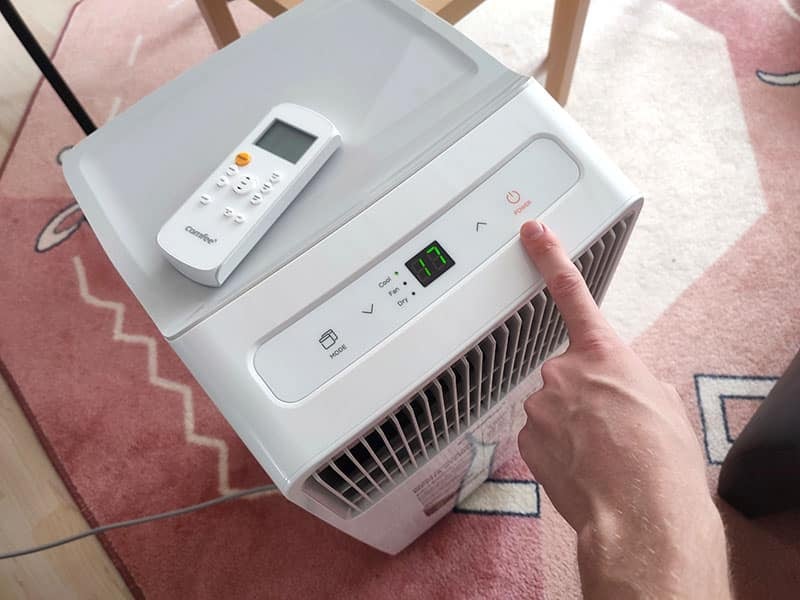
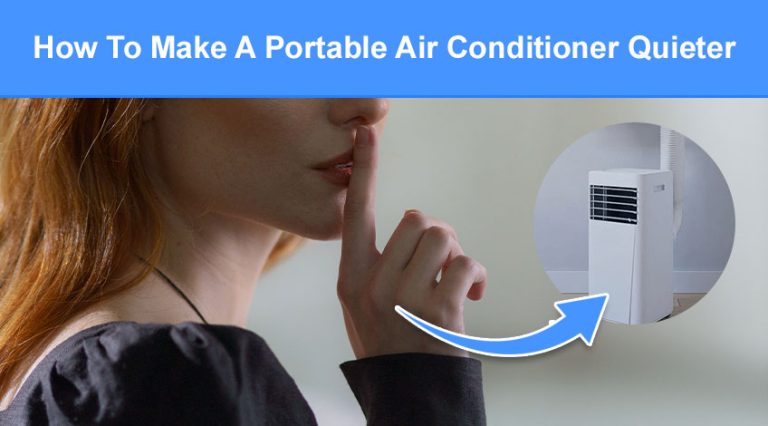

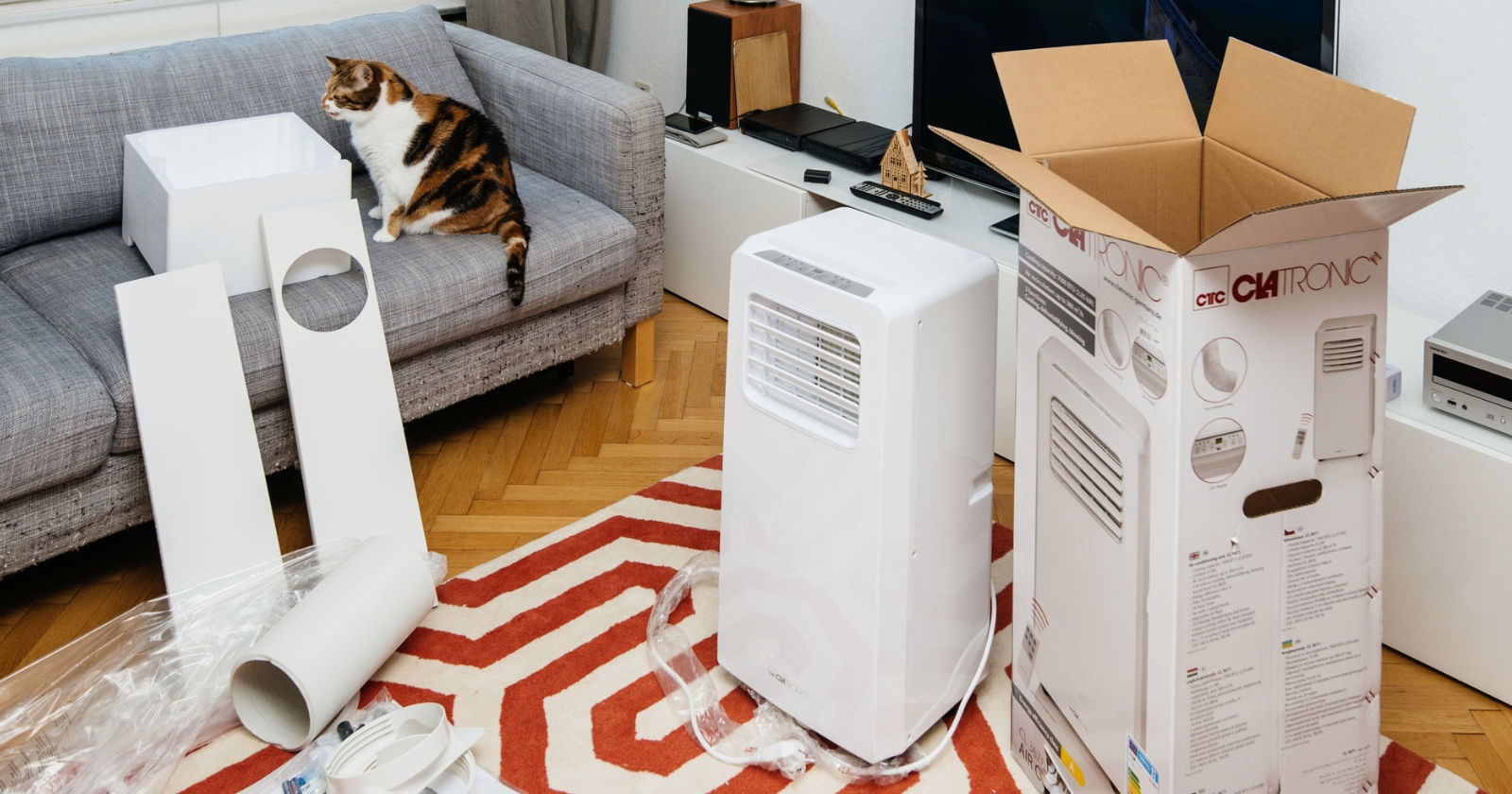


![How To Make Portable Air Conditioner Quieter Quiet Air Conditioner: The Ultimate Study [1,323+ ACs]](https://ecocostsavings.com/wp-content/uploads/2022/04/are-portable-air-conditioners-quiet-768x432.jpg)


